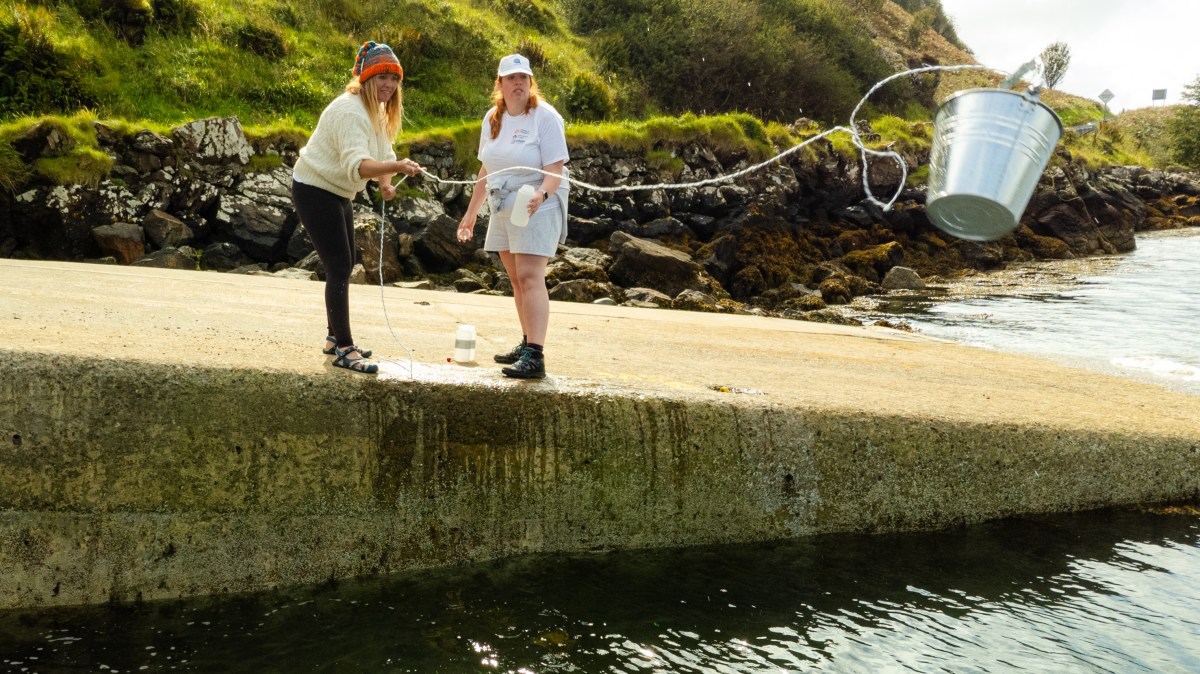Citizen Science Alert: Your Smartphone Could Help Track Earth's Plastic Pollution Puzzle

In a groundbreaking innovation, a forensic scientist has developed a revolutionary method for analyzing microplastics using nothing more than a common mobile phone. This ingenious approach promises to democratize microplastic research, making it more accessible and cost-effective for researchers and environmental scientists around the world.
By transforming a standard smartphone into a powerful scientific tool, the researcher has created a simple yet sophisticated technique that could dramatically expand our understanding of microplastic pollution. This breakthrough method potentially allows scientists and environmental experts to conduct detailed microplastic studies without the need for expensive laboratory equipment.
The mobile phone-based technique represents a significant leap forward in environmental research, offering a more affordable and portable solution to tracking and documenting the pervasive problem of microplastic contamination in our environment. It demonstrates how everyday technology can be repurposed to address critical scientific challenges.








